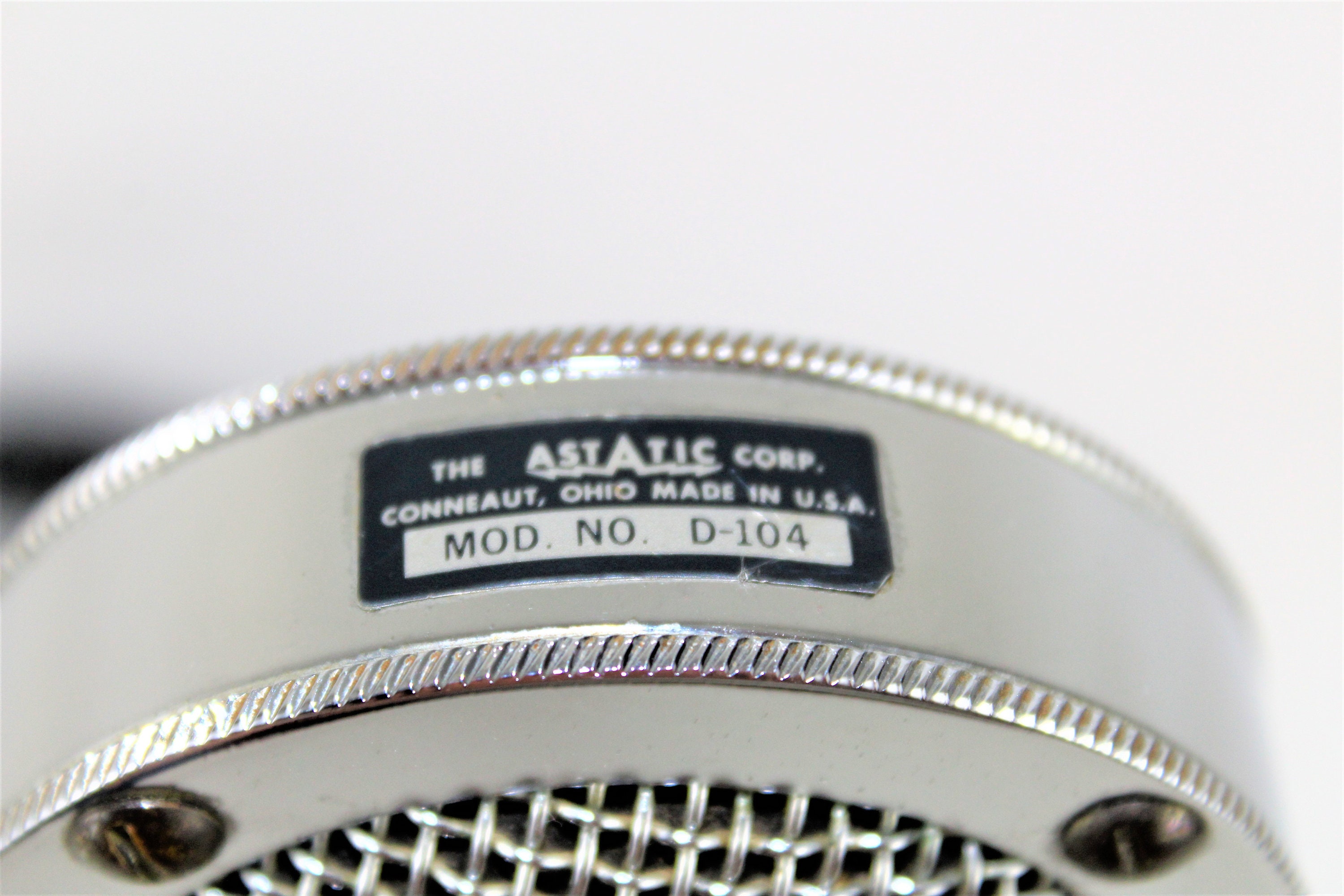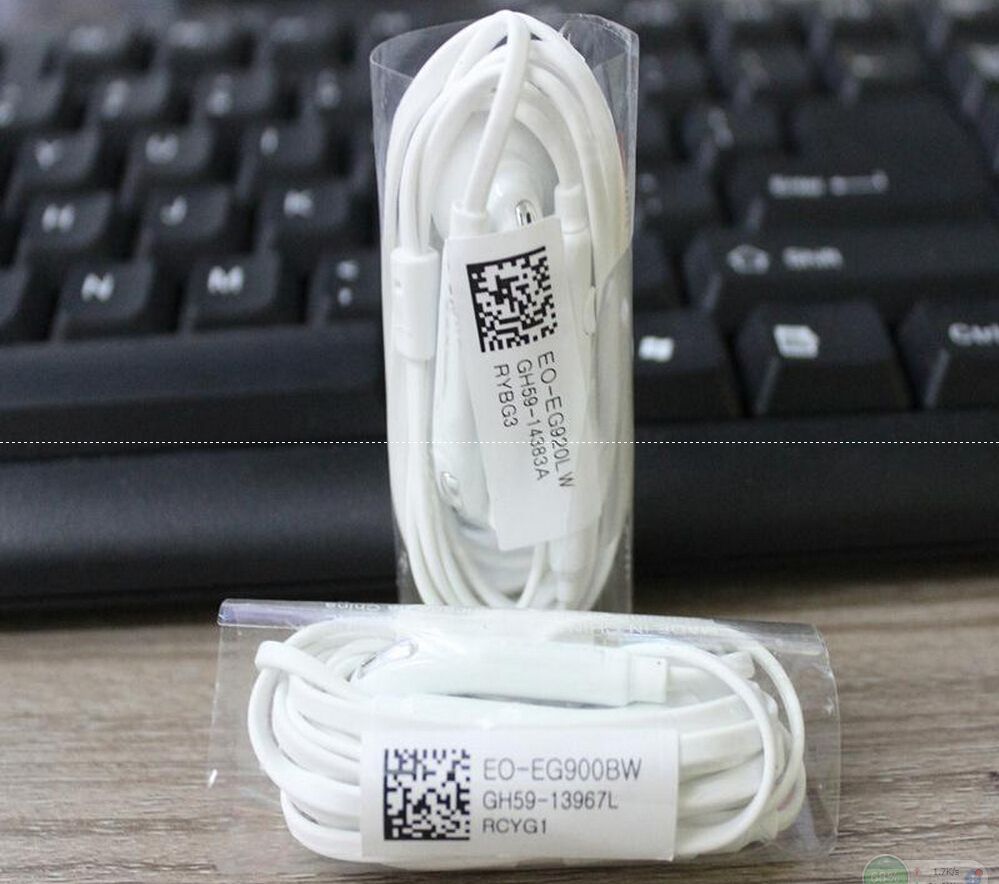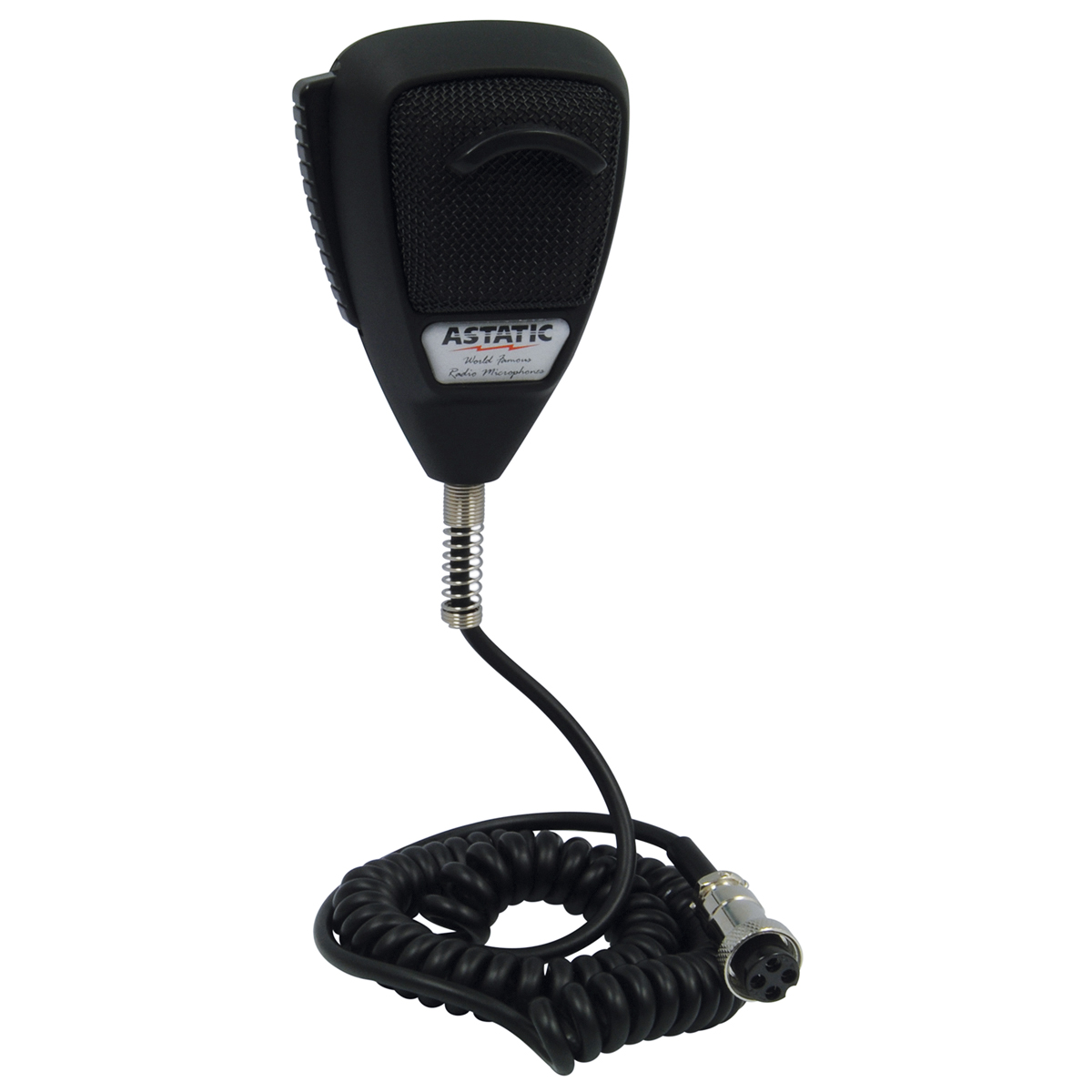
My hearing aids aren’t producing any sound
#MICS CONTACTS CLEANER PROFESSIONAL#
If you're not able to fix your hearing aids yourself, you may need to see a hearing care professional to find out what to do to get your hearing aids repaired. We ordered the checklists with the simplest fixes at the top.

Troubleshooting steps for these common issues are highlighted below and in our downloadable guide. My hearing aids are "whistling" or producing feedback.My hearing aids sound "funny" or distorted.My hearing aids aren't producing any sound (or my hearing aids are "dead").The four most common issues hearing aid wearers experience are: Our basic troubleshootingĬommon hearing aid issues. If you rely on hearing aids to keep you hearing clearly at all times, you know how important it is to quickly identify and troubleshoot problems. Millions of individuals wear these miniature, custom-fit, digitally programmed and personalized hearing solutions every day. As with a dynamic, you can employ a disinfectant wipe to clean the body.Hearing aids are the most common treatment for hearing loss. Be mindful or pushing dirt or grime through the grille and into the chamber. Keep the mic facing downwards to ensure loosened particles fall away from the grille. Using a dry, soft toothbrush gently scrub the grille. So, the key to cleaning a condenser mic is to take care.
#MICS CONTACTS CLEANER HOW TO#
How to clean a condenser microphoneĬleaning a condenser is an altogether trickier task, on account of the fact few have detachable grilles, and all of them are considerably more fragile electronically. When the grille and body are completely dry, reattach both together. While that’s drying, use a disinfectant household wipe to clean the body of the mic, being careful not to tough the electronics inside. Be patient here even a drop of water could kill your precious mic if it gets inside. Allow the now-clean grille to dry naturally. You can also use a gentle disinfectant to kill off any nasty bugs or microbes which are still hanging around. The combination of the detergent and the toothbrush will ensure any caked-on residue is removed. Using a toothbrush, gently rub the grille, taking care to get into all the corners and cavities. Using a solution of plain, lukewarm water and mild detergent – dishwashing liquid is fine – wipe the grille to remove the surface layer of grime. With the grille removed, set the mic body to one side. Unscrew or remove the grille from the microphone, being careful not to damage the cartridge. The majority come with a grille which can be unscrewed or gently pulled apart from the body.

Shop Amazon’s microphone cover selection (opens in new tab) How to clean a dynamic microphoneĭynamic microphones are arguably the easiest to clean. Similar to the pop filter, a basic foam microphone cover will serve as a barrier between saliva and other moistures and ensure they don’t reach the parts of the mic you need to keep dry. There are plenty of inexpensive options available, and they do a great job of reducing plosives and sibilance in your recording too.Įxplore Amazon’s pop filter range (opens in new tab)

More a preventative measure than something that will clean the microphone, but it’s well worth investing in a pop filter if the mic’s primary function is recording vocals.

This keeps it away from the electronics and dissipates quickly.īuy the Microphome Microphone Sanitizer kit (opens in new tab) It comes with two bottles of cleaning spray and a collection of small brushes capable of getting into the tight areas of a mic grille.īuy the Elacin Hygiene Kit (opens in new tab)Ī specialist mic cleaning product, Microphome antimicrobial cleaning fluid goes into the mic as a foam that clings to the grille. While aimed at earplug and earphone users, the Elacin Hygiene Kit is perfect for cleaning microphones.


 0 kommentar(er)
0 kommentar(er)
